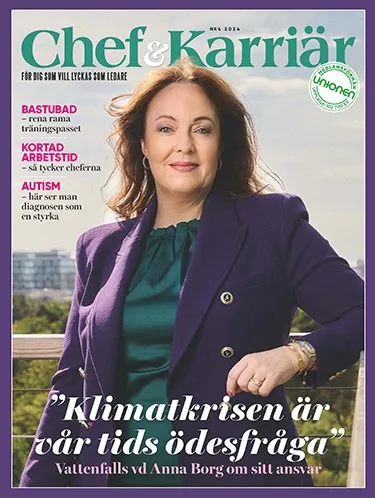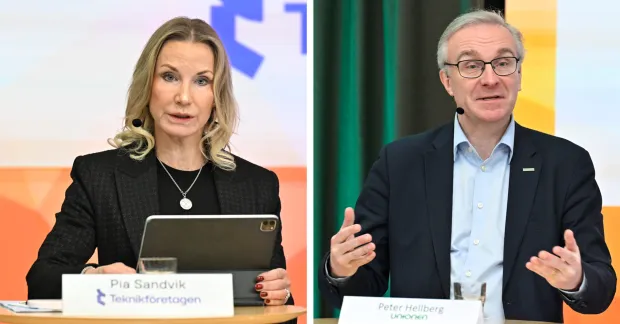
Enligt förslaget som beräknas träda i kraft den 1 april 2020 ska företag kunna göra avdrag på högst 450 000 kronor per månad för hela sin forskande personal jämfört med 230 000 kronor i dag. Samtidigt sänks den allmänna löneavgiften med tio procentenheter.
Ett syfte med de sänkta personalkostnaderna för personer som huvudsakligen arbetar med forskning och utveckling (FoU) är att förbättra företagens konkurrenskraft.
Och läkemedelsbolaget Pfizer ser positivt på reformen:
”Att underlätta för att bedriva forskning i Sverige är en viktig del i en life science-strategi. Vi är positiva till förslaget då vår konkurrenskraft ökar när det är förenat med lägre kostnader att anställa”, säger Ulrika Goossens, bolagets kommunikationschef i Sverige i en skriftlig kommentar.
Unionens chefsekonom Katarina Lundahl anser också att reformen kan bidra till att stärka svenska företags konkurrenskraft.
 – Den här typen av skatterabatter finns i en hel del konkurrentländer. I Sverige har vi också redan en viss skatterabatt för FoU-personal, men förslaget sänker kostnaden ytterligare. Det kan stärka vår position när företag väljer i vilket land de ska anställa FoU-personal.
– Den här typen av skatterabatter finns i en hel del konkurrentländer. I Sverige har vi också redan en viss skatterabatt för FoU-personal, men förslaget sänker kostnaden ytterligare. Det kan stärka vår position när företag väljer i vilket land de ska anställa FoU-personal.
En risk med reformen är, enligt Katarina Lundahl, att företag som har forskare anställda får en lägre kostnad utan att anställa ny personal som arbetar med forskning och utveckling. Hon betonar att var företagen förlägger sin forskning och hur många forskare de anställer inte enbart har med personalkostnaderna att göra.
– Det bestäms också av sådant som om de kan hitta rätt kompetens och hur forskningssystemen ser ut – hur samarbetet med akademin fungerar. Kostnaderna är bara en liten pusselbit.
Samtliga branscher, där det finns ett kommersiellt syfte med forskningen eller utvecklingen, omfattas av de nya reglerna. I dag utnyttjas nedsättningen av arbetsgivaravgiften främst inom tillverkningsindustrin, dataprogrammering, teknisk provning samt vetenskaplig forskning och utveckling.
– Rabatten har hittills använts mycket inom industrin, och så kommer det nog att fortsätta att vara. Industrin blir allt mer kunskapsintensiv och forskningstung – inte minst på fordonssidan, där det bland annat handlar bland annat om att utveckla självkörande fordon, säger Katarina Lundahl.
Foto: Pontus Lundahl/TT









